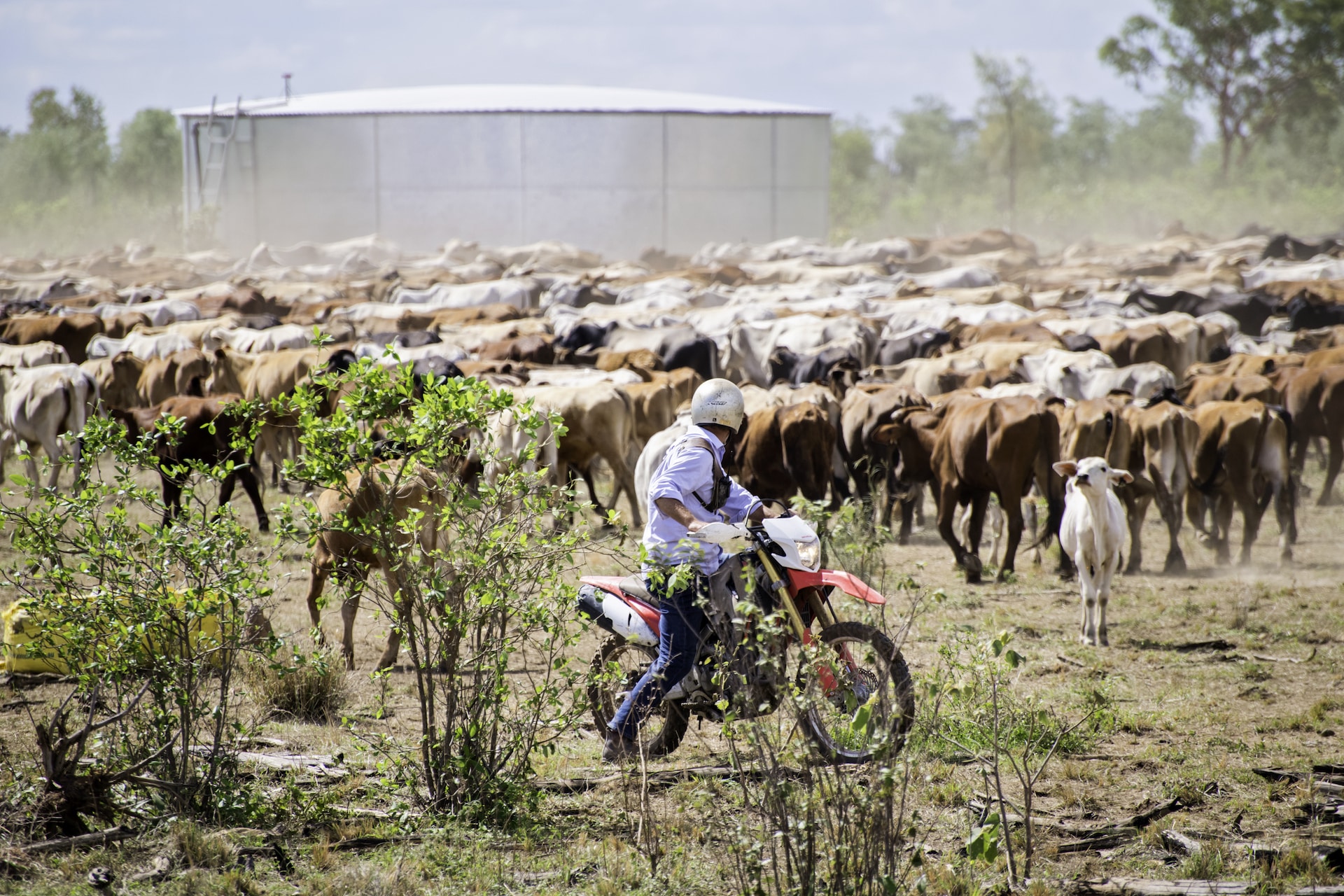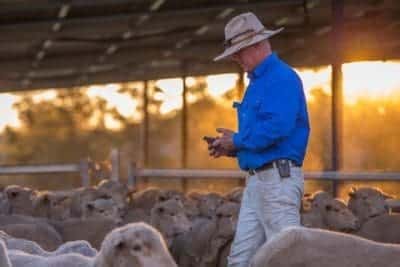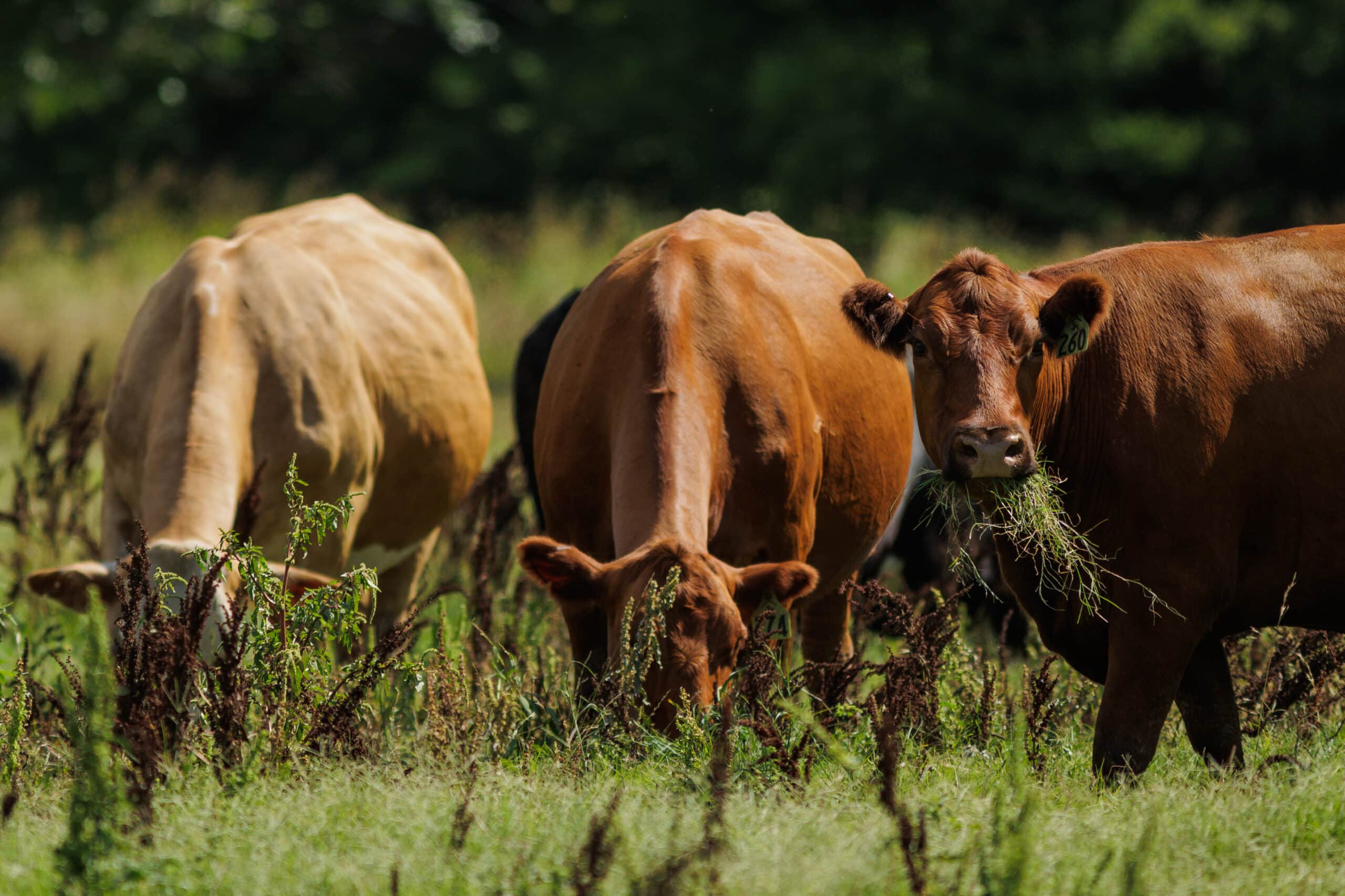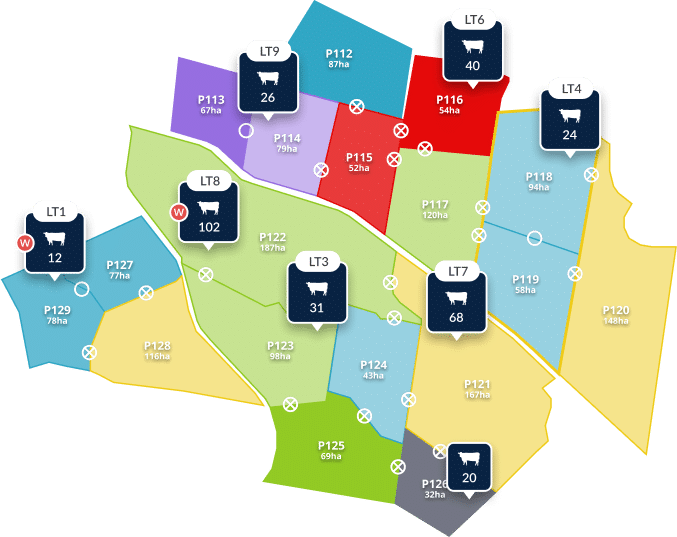Body condition scoring your livestock
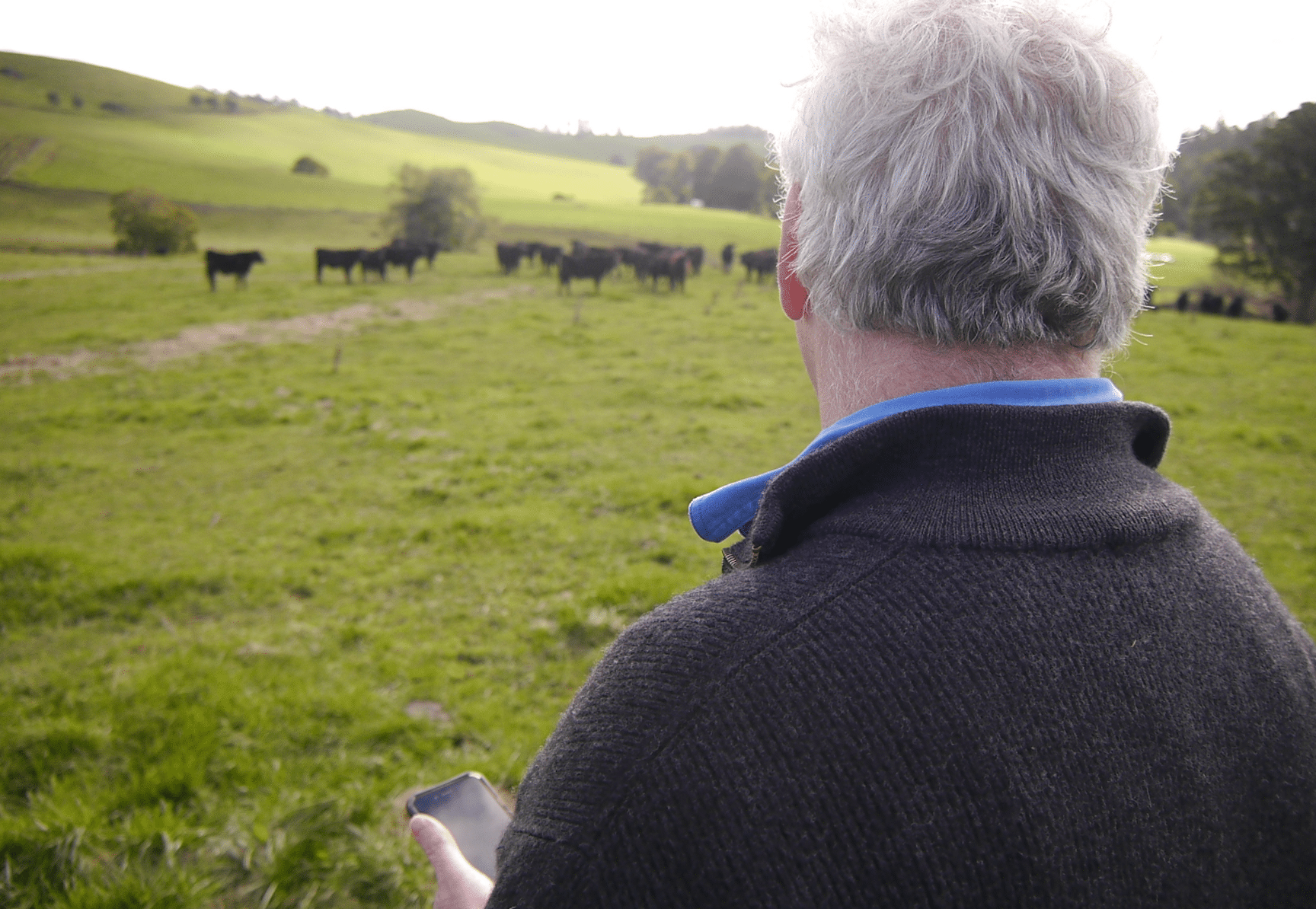
Managing livestock productivity starts with a keen eye and a hands-on approach. Body condition scoring (BCS) is one of the simplest and most effective ways to assess the health, fertility, and performance of your cattle and sheep. By regularly monitoring BCS, you can make informed decisions to optimise nutrition, reproduction, and overall herd or flock management.
What is body condition scoring?
BCS is a hands-on method of evaluating the fat cover and muscle reserves of an animal. Unlike simply weighing livestock, condition scoring provides a clearer picture of their energy balance and long-term well-being. The key is consistency—regular scoring ensures you catch issues early and make timely management decisions.
BCS for beef cattle
Cattle are typically scored on a 1 to 5 scale in Australia and New Zealand (or a 1 to 9 scale in the U.S.), with 1 being extremely thin and 5 (or 9) being obese. The ideal BCS varies depending on production stage, breed, and seasonal conditions, but here are general guidelines:
- Breeding cows: Maintain a BCS of 3.0 at calving to support fertility and calf survival.
- Heifers: Ideally, they should be at BCS 3.5 at calving to ensure reproductive success.
- Lactating cows: Should not drop below BCS 2.5 to maintain milk production and fertility for the next breeding season.
How to score cattle
Assess the ribs, spine, hips, and tail head by both looking and feeling:
- BCS 1-2: Ribs and spine are prominent, with little to no fat cover—animals are at risk of health issues.
- BCS 3: A balance between visible muscle and fat, with a smooth but defined frame—ideal for most breeding stock.
- BCS 4-5: Fat deposits are evident around the tail head and brisket—risk of reduced fertility and calving difficulties.
BCS for sheep
Sheep are scored on a 1 to 5 scale, assessed by feeling along the spine and ribs:
- 1-2: Too lean, with a sharp spine and minimal fat cover—at risk of poor lamb survival.
- 3: Ideal condition—ribs are not overly prominent, and the spine is covered with moderate muscle.
- 4-5: Excess fat, increasing the risk of dystocia (lambing difficulties) and metabolic issues.
Best BCS for different production stages:
- Pre-mating: Aim for BCS 3.0 to maximize conception rates.
- Mid-pregnancy: Maintain BCS 3.0, adjusting feed as needed.
- Lambing: Ewes should be BCS 3.0 to 3.5—excessive fat can cause lambing difficulties, while under-conditioned ewes risk poor milk production.
Why BCS matters
Regular body condition scoring helps you:
- Improve reproductive success rates.
- Reduce feed costs by targeting nutrition effectively.
- Prevent metabolic disorders and improve overall herd/flock health.
- Make smarter decisions on stocking rates and seasonal feed planning.
How often should you score?
To get the best results, conduct BCS assessments every 6-8 weeks and at key production milestones such as pre-mating, late pregnancy, and weaning. Using a consistent scoring system across your operation ensures accuracy and better decision-making.
Practical tips for condition scoring
- Use your hands! Visual assessments can be misleading, especially for animals with thick coats.
- Be consistent: The same person should score animals whenever possible to reduce variability.
- Act early: If livestock are falling outside ideal BCS ranges, adjust feeding programs proactively.
Take control with AgriWebb
Tracking BCS over time helps build a data-driven approach to livestock management. With AgriWebb, you can log condition scores, monitor trends, and make informed feeding and breeding decisions—all in one place. Learn more via our Help Centre here. Ready to optimise your herd or flock? Start recording BCS in AgriWebb today, start your free trial here.
